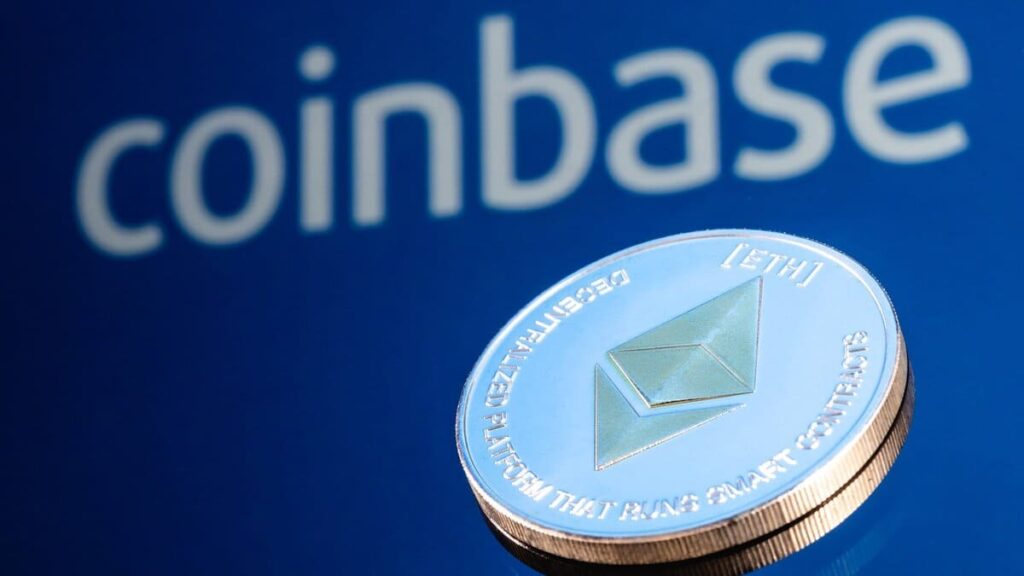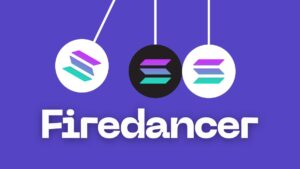TL;DR
- Coinbase will be the biggest beneficiary of Ethereum’s rally, which surpassed $4,000 and grew nearly 80% since June, driven by rising interest in its ecosystem.
- The exchange supports over 250 tokens, integrated the Base chain, and earns $75 million annually in fees paid in ETH.
- Robinhood is expanding its token offerings and adding ETH staking, while Circle and Ethereum-based ETFs grow as investment options.
Ethereum reached levels unseen since 2021, breaking the $4,000 barrier and trading above $4,350 before correcting. Since June, its price rose about 80%, fueled by growing interest in its ecosystem and Circle’s IPO. Circle issues the USDC stablecoin, which mainly operates on this network.
Bernstein analysts point out that Coinbase will benefit most from this rally and the start of an altcoin season. The platform lists more than 250 tokens and integrated the Base chain, which handles over nine million daily transactions. Base generates around $75 million a year in fees for the exchange, all paid in ETH, along with brokerage income tied to Base tokens and the recent Base App for crypto transactions.
Coinbase’s Stock Drop Is Irrelevant
Despite a drop of more than 15% in Coinbase’s stock after its Q2 report, Bernstein argues that quarter is irrelevant since the market recovery began in July. They expect a significant rise in trading volume during Q3 and Q4, leading to higher fee revenue and staking income, which accounts for about 10% of Coinbase’s total revenue. The company also holds a substantial treasury of 136,782 ETH, valued at roughly $570 million.
Beyond Coinbase, other Ethereum-related companies show strong potential. Robinhood plans to expand its token list to over 30, add ETH staking, and launch Robinhood Chain, a Layer 2 solution for asset tokenization. Circle benefits from USDC, whose supply grew 7% over three months to more than $65 billion, driven by demand in smart contracts and as collateral on Ethereum and its Layer 2 networks like Base and Arbitrum.
Everyone Joins the Ethereum Boom
Ethereum-based exchange-traded funds (ETFs) offer another direct investment route. BlackRock proposed adding staking to its iShares Ethereum Trust (ETHA), potentially generating an annual ETH yield near 2.9% from transaction validation on the network.
Finally, Ethereum treasury companies are growing. They acquire ETH with moderate leverage, manage risks, and generate income through staking and on-chain finance. These firms adjust strategies based on market cycles, but choosing the right manager is key to mitigating risks.
Bernstein considers the crypto bull cycle still in an early stage, with multiple investment opportunities positioned to benefit from rising volumes and wider adoption













